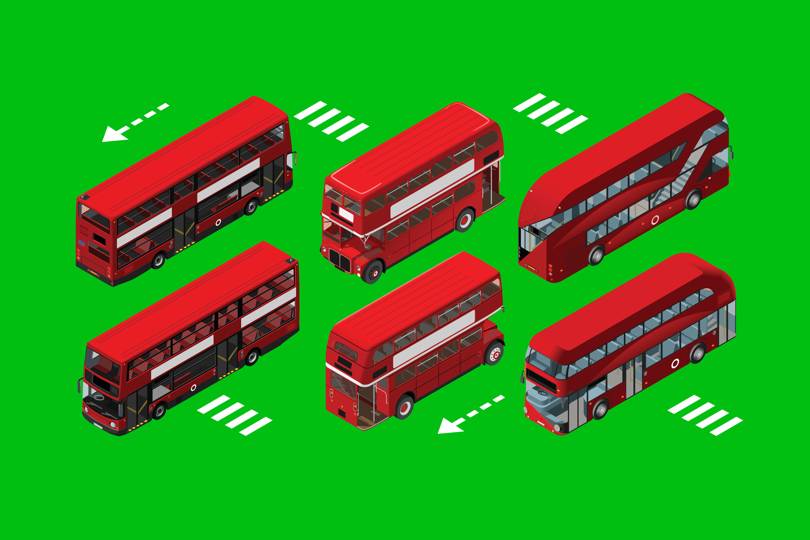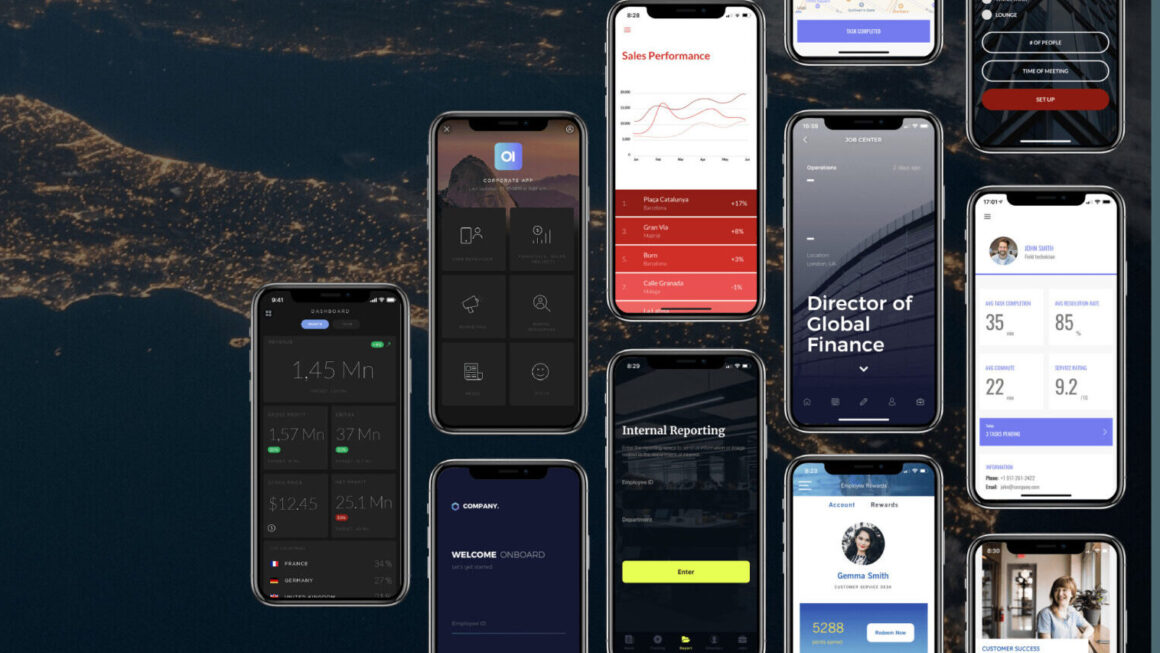Rolling out in new countries isn’t just a matter of translation, says Citymapper founder Azmat Yusuf
Citymapper’s journey-planning app has become a must-download for Londoners and other urbanites looking to navigate cities’ often labyrinthine transport networks. Type in your destination, and it will present you with different route options based on speed, ease and cost. Since launching in London in 2011, the company has rolled out its app in 41 cities, the most recent being Vienna in November 2019.
Entering different cities isn’t as simple as just uploading new maps and translating the app. Citymapper uses open data made available by the city authorities – “however, we find that a lot of the data is not always as accurate as consumers demand it to be,” says Citymapper founder Azmat Yusuf. His team, based in London, collects data from multiple sources, often in different formats, and then works to combine it and fix any inaccuracies.
But even the cleanest datasets don’t tell the whole story. In different cities, people have different modes of transport available to them, and they perceive them differently. One city’s bus network may be regularly used, for example, whereas another’s may be unreliable or seen as undesirable to travel on. “It might be, in some cities, people like walking more than they do in other places,” Yusuf says. “It might be, some cities, the metro is more accessible from a time-to-platform point of view than it is elsewhere.”
Even basic geography can affect how a city moves. A hilly city may be less suitable for cyclists, and one with cobbled pavements may not lend itself to electric scooters. (Yusuf says that private modes of transport, such as bike shares, scooters and mopeds are increasingly affecting users’ choices.) The only way to appreciate these nuances is to put people on the ground to absorb the local knowledge. All of this information is used to tweak routing algorithms, travel times and the order in which different options appear in the app.
Translation also requires a local touch, with an appreciation for national and regional differences. “You don’t launch in Austria with German language, for example,” Yusuf says.
The work doesn’t stop after launch; maintenance is crucial. If a timetable changes, users will expect the app to reflect the new version with 24 hours. When there were transport strikes in Paris in December 2019, it wasn’t always clear which parts of the network were working and which were not, so Citymapper had people working to adjust its routing suggestions in real-time.
Beyond its core app, Citymapper has experimented with different product offerings. In 2017, it launched a bus service on set routes in London, followed in 2018 by bus-taxi hybrid Citymapper Ride, but closed this down in 2019. Yusuf says that the regulatory environment in London wasn’t quite right, and, in the end, the bus project just didn’t fit the company’s strengths. Ride was as much about operating a transport service as building software, and Yusuf sees more potential for bus innovation in smaller towns – but Citymapper’s core user base is in cities.
In 2019, the company launched its latest new product: a ticketing subscription service called Citymapper Pass. Users choose a package that covers various transport modes, and pay a monthly fee. Pass is currently only available in London, but the company hopes to roll it out elsewhere in the coming years. Taking Pass to other cities depends on the expansion of contactless payment systems – users tap in with a physical card or one stored on a device – and requires complying with financial regulations such as KYC («Know Your Customer») checks. It also throws up its own localisation challenges. In some cities, for instance, passengers only tap their card when getting on a bus; in others, they must tap when they get on and off.
Citymapper is still loss-making, but Yusuf believes that Pass offers a much better business opportunity than Ride. “It feels much more spot-on,” he says. “Meaning it’s helpful for our super users. It’s very much in line with our target base.”
With Pass, he believes Citymapper can go from product-market fit to «product-market-business fit». “At this point, it does feel full circle,” he says. “The business model we have right now is pretty supportive of the overall mission, which is to give users a complete experience.”
This article originally appeared on Wired UK
Main photo by: iStock / aurielaki







